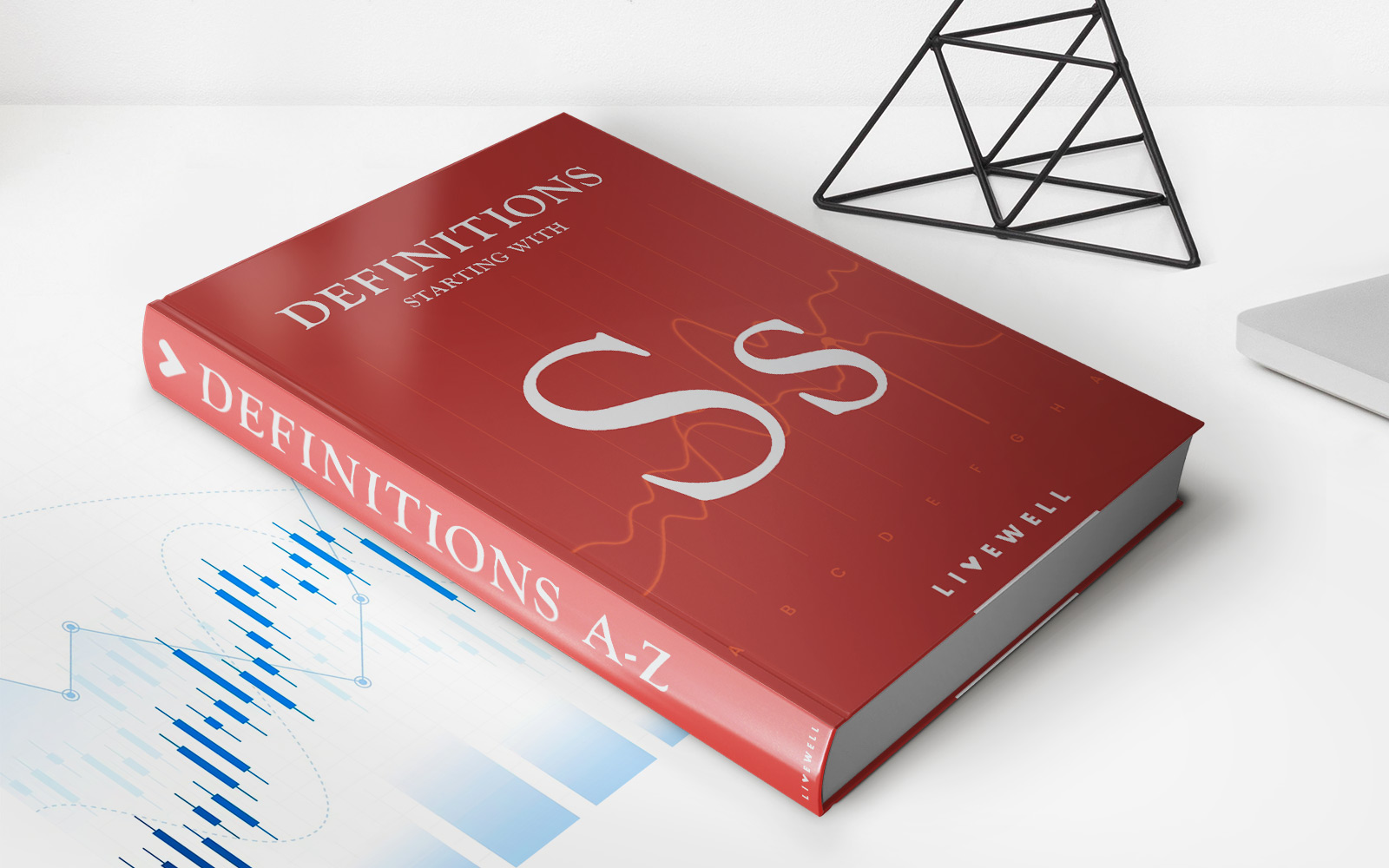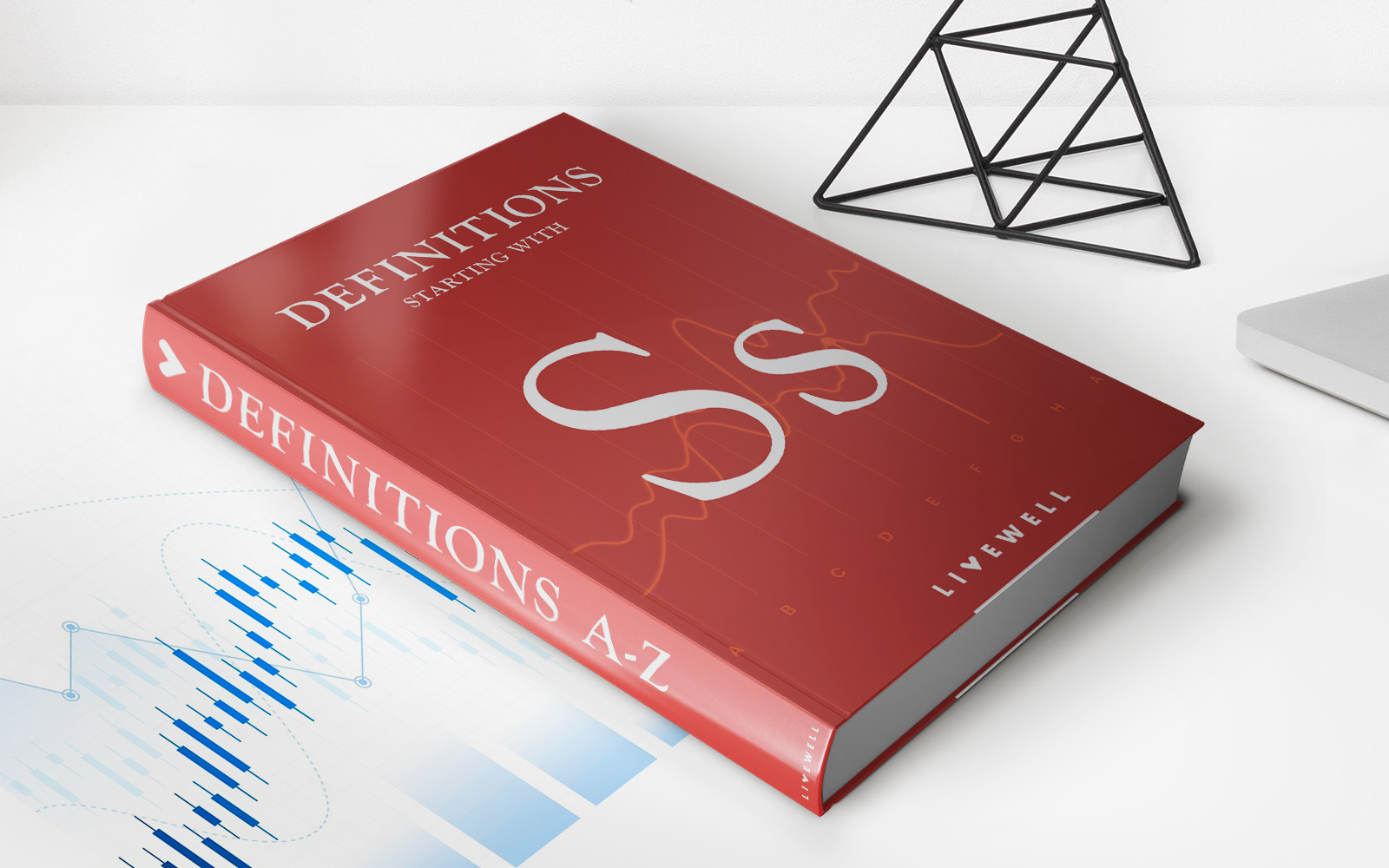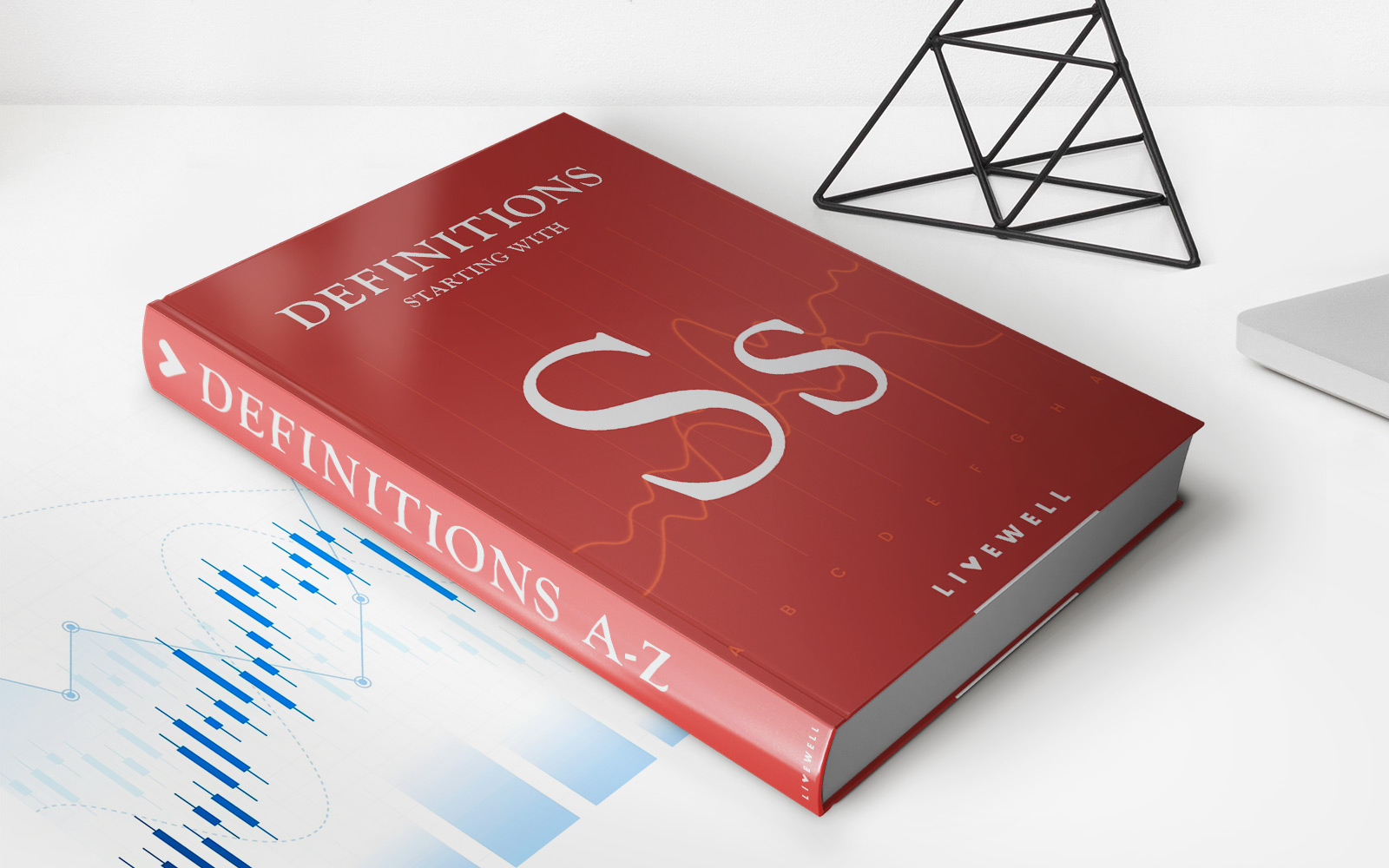Home>Finance>Sales Comparison Approach (SCA): Definition And Use In Appraisals


Finance
Sales Comparison Approach (SCA): Definition And Use In Appraisals
Published: January 23, 2024
Learn about the Finance-focused Sales Comparison Approach (SCA) and how it is used in property appraisals for assessing market values.
(Many of the links in this article redirect to a specific reviewed product. Your purchase of these products through affiliate links helps to generate commission for LiveWell, at no extra cost. Learn more)
Understanding the Sales Comparison Approach (SCA) in Appraisals
When it comes to determining the value of a property, there are several methods that can be used. One such method is the Sales Comparison Approach (SCA). The SCA is a widely used method in real estate appraisals to estimate the value of a property by comparing it to similar properties that have recently been sold in the same area. In this article, we will delve into the definition of the Sales Comparison Approach and how it is used in appraisals.
Key Takeaways
- The Sales Comparison Approach (SCA) is a method used in real estate appraisals.
- The SCA involves comparing a subject property to recently sold similar properties in the same area to estimate its value.
What is the Sales Comparison Approach?
The Sales Comparison Approach is a valuation method that focuses on comparing a subject property (the property being appraised) to similar properties that have recently been sold in the same area. The basic idea behind the SCA is that the price at which similar properties have sold can serve as a good indicator of the value of the subject property.
Using the Sales Comparison Approach involves the following steps:
- Identifying comparable properties: The appraiser identifies properties that are similar to the subject property in terms of location, size, condition, and features. These comparable properties are referred to as “comps.”
- Collecting data: The appraiser gathers data on the recently sold comps, including the sale price, date of sale, size of the property, number of bedrooms and bathrooms, and any unique features or upgrades.
- Adjusting for differences: The appraiser analyzes the differences between the subject property and the comps and makes adjustments to account for these variations. For example, if the subject property has one less bedroom than a comp but is otherwise similar, the appraiser may adjust the value to reflect this difference.
- Estimating the value: After making the necessary adjustments, the appraiser estimates the value of the subject property based on the sales prices of the comps. The final appraised value is typically an average of the adjusted values of the comps.
The Sales Comparison Approach is a widely used method in appraisals due to its simplicity and reliance on market data. However, it is important to note that it may not be suitable for all types of properties or in certain market conditions where there is limited sales data available.
Benefits of the Sales Comparison Approach
- Relies on market data: The SCA utilizes recent sales data of similar properties, which is readily available and can provide valuable insights into the current market conditions.
- Provides a benchmark: By comparing the subject property to recently sold comps, the SCA provides a benchmark for estimating its value and helps ensure a fair and objective appraisal.
In conclusion, the Sales Comparison Approach (SCA) is a widely used method in real estate appraisals to estimate the value of a property. By comparing the subject property to recently sold comparable properties, the SCA offers a straightforward and effective way to determine a property’s market value. However, it is important to consider the limitations of this approach and consult with a professional appraiser for an accurate appraisal.














